目次
- 1 Why Fed Remains Cautious on July Rate Cut in 2025
- 1.1 Three Primary Factors Behind the Fed’s Rate Cut Caution
- 1.2 FOMC Internal Division – The Complex Picture Shown by the Dot Plot
- 1.3 Detailed Views from Key Policymakers
- 1.4 Detailed Economic Indicator Analysis
- 1.5 Historical Lessons and Theoretical Background of Monetary Policy
- 1.6 Market Rate Cut Expectations and Future Focus Points
- 1.7 Summary – Navigating Increasingly Complex Monetary Policy
- 1.8 Related Articles
- 1.9 References
Why Fed Remains Cautious on July Rate Cut in 2025
Federal Reserve officials have repeatedly expressed caution regarding a potential July rate cut, continuing their prudent stance after the Federal Open Market Committee (FOMC) kept policy rates unchanged for the fourth consecutive meeting in June. The situation surrounding the timing and pace of future rate cuts has grown increasingly complex. This article provides a comprehensive analysis of the Fed’s cautious approach, detailed views from policymakers, and the future trajectory of monetary policy based on the latest research materials.
Three Primary Factors Behind the Fed’s Rate Cut Caution
1. Inflation Uncertainty – The Path to the 2% Target
The Fed’s primary concern remains whether inflation will sustainably return to the 2% target. While inflation has eased significantly over the past two years, it continues to exceed the target level.
Particularly noteworthy is that inflation data for the first two months of 2025 exceeded expectations. Non-housing services inflation also remains elevated, factors that have reinforced the Fed’s cautious stance.
According to the Organisation for Economic Co-operation and Development (OECD) economic outlook, if the Trump administration implements tariff increases, the U.S. PCE deflator could rise from 2.1% to 2.8% year-over-year in 2025, while the core PCE deflator could increase from 2.3% to 3.0%. These projections significantly influence the Fed’s policy decisions.
Furthermore, companies report being forced to raise prices due to potential tariff impacts on raw materials, with some already preemptively increasing prices. Rising oil prices due to Middle East tensions could also lead to higher costs for everyday items like gasoline and eggs, potentially affecting consumer inflation expectations.
Powell acknowledged that while reducing policy rates to neutral levels might be appropriate based on price movements, he suggested the rationality of a “wait-and-see” approach given the possibility of tariff-induced inflation increases. He emphasized the Fed must act to prevent short-term price increases from developing into persistent inflation problems, demonstrating strong inflation vigilance.
2. Uncertainty of Tariff Policy Impact
The unclear impact of tariff policies on the economy remains a major reason for the Fed’s cautious stance. Powell stated that monetary authorities have yet to fully assess how tariffs affect consumer prices, noting it’s extremely difficult to predict in advance what portion of tariffs will surface as inflation.
St. Louis Fed President Musalem described the scenarios where tariffs accelerate inflation for 1-2 quarters versus prolonged price impacts as “fifty-fifty,” stating “the Fed will face uncertainty through the summer.”
Trump administration tariff measures continue to evolve, influenced by multiple factors including administration intentions, judicial decisions, congressional involvement, industry and market reactions, and trading partner countermeasures, suggesting four more years of unpredictability.
Reports indicate some companies plan modest layoffs due to tariff increases, with a trend toward reduced hiring amid future uncertainty. These factors work in combination to further complicate Fed policy decisions.
3. Overall Economic Uncertainty
High uncertainty about the economic outlook, including global economic slowdown and geopolitical risks, also contributes to the reluctance to rush rate cuts. Many FOMC participants note that amid rising government policy uncertainty, household and business sentiment has somewhat deteriorated, and high uncertainty could suppress consumer spending and corporate employment and investment activities.
Empirical evidence shows companies suppress investment during periods of high economic policy uncertainty. Monetary policy uncertainty also significantly affects corporate capital investment. Economic Policy Uncertainty (EPU) index analysis indicates policy uncertainty raises corporate capital costs and reduces innovation and investment.
FOMC Internal Division – The Complex Picture Shown by the Dot Plot
While the June FOMC maintained expectations for two rate cuts within the year, members remain divided, particularly showing caution toward a July cut. The dot plot (FOMC members’ rate projections) shows that for year-end 2025 rate outlooks, seven members favor maintaining current rates with no cuts, while eight favor two or more cuts, and two favor three or more cuts, indicating a lack of consensus within the FOMC.
This division reflects members’ differing assessments of inflation outlook, economic growth, and labor market conditions. Notably, views appear significantly divided on how much to incorporate tariff policy impacts.
Detailed Views from Key Policymakers
Fed Chair Powell – The Central Figure of Caution
Powell continues to emphasize not rushing rate cuts while uncertainty remains high around Trump tariffs and the U.S. economy remains in good condition, preferring to assess the situation. He repeatedly states it’s a “stage of high uncertainty with low confidence,” avoiding specifying rate cut timing.
He describes the current policy stance as being in “an appropriate position” with “time to assess data.” With a robust labor market, stable consumption, and housing market issues being structural rather than directly indicating economic weakness, he believes “now is not the time to move.”
Powell’s cautious stance stems from bitter experience when he assessed inflation as “transitory” at the August 2021 Jackson Hole symposium, leading to subsequent rapid inflation and hasty monetary tightening. From this experience, he believes one cannot be too vigilant about inflation and maintains caution to prevent “falling behind the curve.”
He also recognizes the Fed’s mandate is price stability and maximum employment (dual mandate), facing a difficult situation with employment remaining strong while sticky inflation persists and policy inflation from tariffs remains unpredictable.
San Francisco Fed President Daly – Optimistic Fall Rate Cut Projection
On June 26, 2025, Daly noted increasing evidence that tariffs won’t necessarily lead to substantial or persistent inflation surges. She stated that while the labor market is slowing, there are no signs of deterioration, adding “my basic outlook for beginning rate adjustments around fall remains unchanged for now.”
While awaiting more information on inflation, she views fall rate cuts as promising if tariff impacts remain contained, taking a relatively dovish position within the FOMC.
Richmond Fed President Barkin – Emphasizing Patience
Barkin stated “there’s little to gain from hasty rate cuts,” advocating patience due to high uncertainty. He said he’s waiting for policy uncertainty to pass, noting rates should remain at moderately restrictive levels until confident inflation will return to the 2% target.
He observes no confirmed consumption impacts from sentiment declines, people have become more patient in investment decisions, and data shows the economy remains on the same trajectory.
Fed Vice Chair Bowman – The True Intent Behind Surprise Comments
Bowman, called “the last hawk,” stated in a Prague speech that she would be prepared to support a rate cut at the July FOMC if inflation pressures remain contained. This was an unexpected signal from someone considered most cautious about rate cuts among Fed members.
However, analysis suggests this statement likely had political motivations to promote bank capital regulation reform (Supplementary Leverage Ratio, SLR). The SLR is a practically cumbersome system where banks hit capital requirements the more Treasury securities they hold. Bowman explicitly stated this regulation impairs market function and needs review.
With the Trump administration planning fiscal expansion through massive Treasury issuance (infrastructure, military rebuilding, retaliatory tariffs), restoring major banks’ capacity to absorb government bonds is considered necessary, with simultaneous consideration of diluting Basel III final rules.
Views from Other Key Policymakers
Chicago Fed President Goolsbee: States rate cut resumption is possible if inflation clearly decelerates, but confirmation is needed.
Minneapolis Fed President Kashkari: Would support further monetary easing with extremely favorable inflation data, stating he doesn’t understand why rates must be maintained at current levels if inflation is actually declining. Also notes the Fed needs to continue focusing on inflation expectation stability.
New York Fed President Williams: A gradually restrictive policy stance should support solid economic growth and labor market conditions while supporting return to 2% inflation, with inflation pressures likely to weaken further.
Cleveland Fed President Hammack: While the labor market remains robust, inflation pressures are easing gradually though unevenly, wanting to confirm additional evidence that inflation is declining toward target before supporting rate cuts.
St. Louis Fed President Musalem: Economic indicators for consumer spending and housing markets have underperformed expectations, becoming downside risks to growth, with mixed reports from companies. Notes inflation expectation stability is not a monetary policy input but rather its result, so “we shouldn’t let our guard down.”
Fed Governor Waller: Fed policy remains restrictive, the basic scenario of two easings within the year is maintained, and recent indicators show expanding economic weakness.
Boston Fed President Collins: New tariff measures announced by the Trump administration could increase inflation pressures, making patience and caution appropriate for monetary policy management with no need to rush additional adjustments.
Dallas Fed President Logan: Unless the labor market becomes unstable, rates could be held steady for quite some time even if inflation declines toward the Fed’s 2% target.
Kansas City Fed President Schmid: Given recent rises in inflation expectations, we shouldn’t relax vigilance in controlling inflation, with inflation indicators still generally running above the 2% target.
Philadelphia Fed President Harker: While unemployment remains low and growth continues, threats to this exist.
Detailed Economic Indicator Analysis
Subtle Changes in the Labor Market
May U.S. employment statistics showed unemployment at 4.2%, virtually unchanged from the previous month and matching market expectations, based on employment (down 696,000 month-over-month), unemployment (up 71,000), and labor force participation (62.4%, down 0.2 points from the previous month).
Given the decline in labor force participation and unemployment remaining virtually unchanged despite this, the employment environment could be viewed as gradually deteriorating. However, wage growth maintains high increases, and the overall labor market continues to show resilience.
Structural Challenges in the Housing Market
May U.S. new home sales fell 13.7% month-over-month to 623,000 units, the lowest level in seven months. This is primarily attributed to persistently high mortgage rates. New home inventory has increased to levels not seen since 2007.
Powell expressed the view that the housing market is under structural supply shortage, explaining that policy rates contribute to price stability through demand suppression.
Mixed Consumer Spending
May U.S. retail sales showed weak results for items like gasoline and automobiles, though sporting goods, clothing, and online sales were strong. The Fed’s regular observations show no signs of rapid economic deterioration in metrics like airline passenger numbers, restaurant reservation site bookings, and hotel vacancy rates.
Historical Lessons and Theoretical Background of Monetary Policy
Contrast Between FED VIEW and BIS VIEW
Regarding the relationship between asset price fluctuations and monetary policy, the Fed (FED VIEW) remains neutral during asset price increases and takes bold action during collapses, while the Bank for International Settlements (BIS VIEW) emphasizes the importance of financial imbalances during asset price increases and suggests restrictive monetary policy management (“leaning against the wind” type), presenting a contrast.
The BIS VIEW uses Japan’s experience as an example, arguing that asymmetric monetary easing fearing deflation risk increases long-term financial crisis risk, and monetary policy should be managed with this in mind. Current standard frameworks suggest the need for more symmetric policy responses in economic upswings and downswings, considering that monetary easing to avoid deflation can create financial imbalances potentially causing recession or deflation.
Implications of the Economic Policy Uncertainty (EPU) Index
Economic policy uncertainty raises corporate capital costs and reduces innovation and investment. Notably, monetary policy uncertainty also affects corporate capital investment. Analysis shows the expansion of monetary policy uncertainty’s share from late 2007 to early 2008 reflected increased reporting on financial markets and monetary authority responses to U.S. subprime problems.
Market Rate Cut Expectations and Future Focus Points
Detailed Analysis of Rate Cut Probabilities
According to CME’s FedWatch Tool (based on Fed funds futures data), the probability of rate cut resumption in July is currently estimated at a limited 10% to 15% (as of June 12). This reflects Powell’s cautious post-FOMC comments and recent CPI coming in slightly higher.
Market expectations for early rate cuts have declined, with most viewing September or later as likely. However, structurally considering Bowman’s comments and regulatory reform trends, some estimate July rate cut structural probability at 25%. While not the main scenario, this is a level that cannot be ignored and should be watched as a sub-scenario.
Key Economic Indicator Calendar
Important economic indicators that will influence future monetary policy include:
- July 5: Employment Report
- July 11: Consumer Price Index (CPI)
- Others: PCE Deflator, Fed officials’ speeches
If these indicators clearly underperform, a July FOMC rate cut could quickly gain realism.
Political Pressure and Fed Independence
President Trump has continuously demanded rate cuts from the Fed, calling for a 1 percentage point cut on social media after the May CPI release. Furthermore, Trump has suggested early nomination of Powell’s successor and expressed plans to install a “shadow chair,” which if realized could diminish the importance of future policy paths.
Reports indicate Trump is considering early nomination of the next Fed Chair, with former Fed Governor Warsh and current National Economic Council Director Hassett under consideration as Powell’s successors.
However, the Fed is considered politically neutral, and Powell emphasizes data-driven policy decisions, demonstrating a stance uninfluenced by political pressure. Maintaining transparent monetary policy management based on economic indicators and maintaining a resolute attitude against Trump’s undue political intervention is believed to contribute to U.S. financial market stability and dollar credibility.
Interestingly, while Powell maintains an outwardly cautious stance, he hasn’t stopped other governors from advancing rate cut and regulatory easing discussions, taking what could be called a “silent consent” attitude. This is interpreted as seasoned balance, maintaining Fed independence without friction with Trump administration financial and fiscal policies.
The Fed’s cautious stance on July rate cuts is supported by three factors: inflation uncertainty, tariff policy impacts, and overall economic uncertainty. Most policymakers led by Powell emphasize careful data-driven judgment and demonstrate an approach avoiding hasty rate cuts.
Internal FOMC opinions are divided, with the dot plot showing no consensus among members. This reflects members’ differing assessments of tariff policy impacts and economic outlook.
While market July rate cut expectations are low at 10-15%, structural perspectives suggest about 25% probability, which cannot be completely ruled out. Future economic indicators, particularly the July 5 employment report and July 11 CPI, could significantly influence policy decisions.
Additionally, the environment surrounding monetary policy grows more complex with Trump administration political pressure, bank regulatory review, and fiscal expansion policies. The Fed must continue careful yet flexible policy management to fulfill its price stability and maximum employment mandate while considering all these factors.
Investors and market participants need to carefully monitor these developments while preparing for various scenarios. In the current uncertain environment, paying sufficient attention not only to main scenarios but also sub-scenarios becomes particularly important.
Related Articles
- Summers Predicts Trump Will Pick Mainstream Fed Chair
- FOMC Holds Rates Steady Amid Growing Committee Division
References
- Monetary Policy Framework in Light of Bubble Formation and Collapse Experience (Bank of Japan)
- June 2025 FOMC Preview (Dai-ichi Life Research Institute)
- What Kind of Year Will 2025 Be? Financial Market Themes and Outlook (Nissay Research Institute)
- Trump Tariff Impact, U.S. Inflation Spillover Ahead (Nomura Securities)
- FOMC Isn’t Over – The Real Reason “Last Hawk” Vice Chair Bowman Discussed Rate Cuts (Mitsubishi UFJ e-Smart Securities)
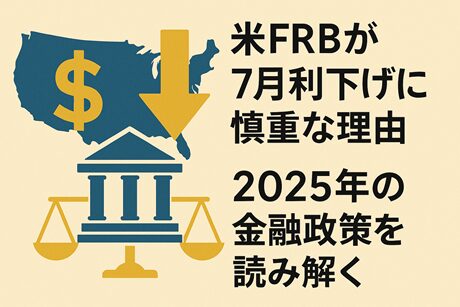
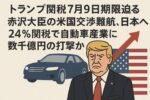
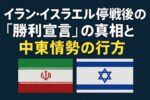
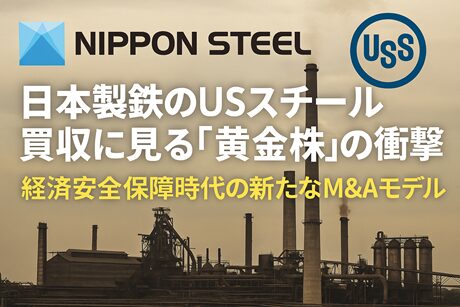
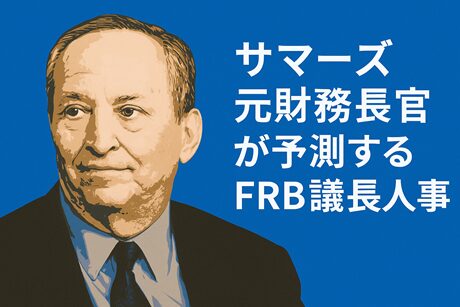
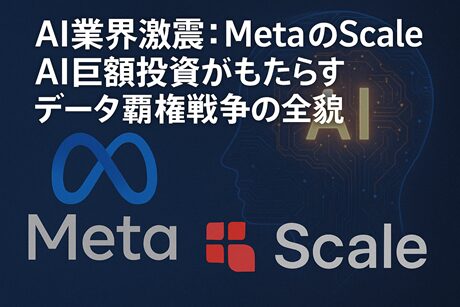
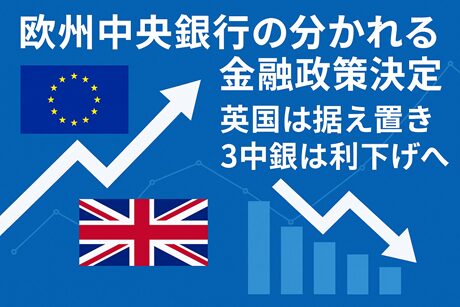
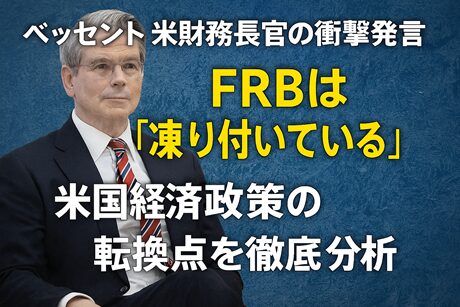
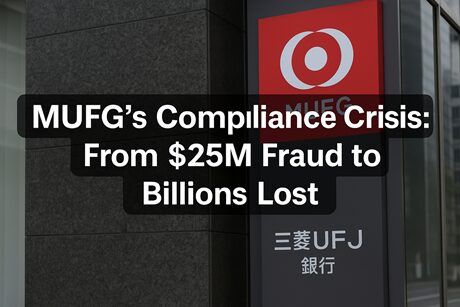

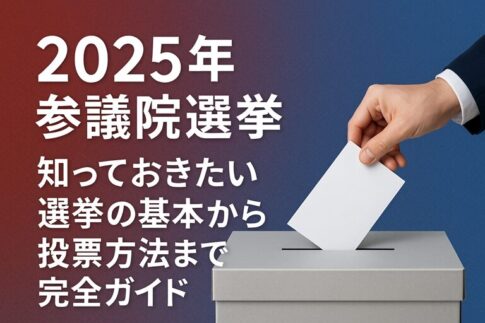
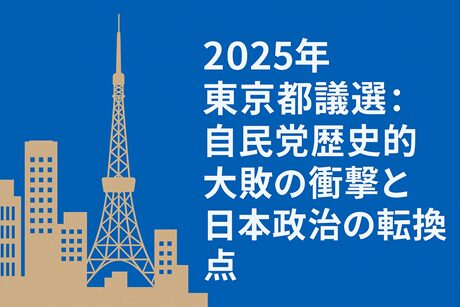

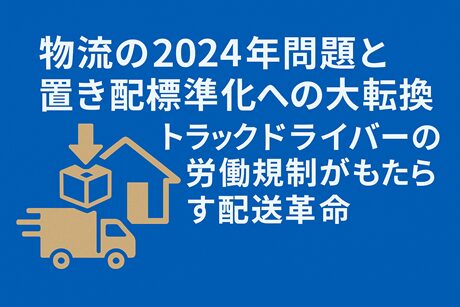

Leave a Reply